Mobulid ray conservation
All over the world, manta and mobula rays are under pressure from fishing. Guy and the Manta Trust are working with other NGOs and using international legislation and public awareness to keep these majestic animals in our oceans.
I have been fascinated by the natural world all my life and growing up on a farm in south-western UK provided me with a seemingly limitless supply of weird and wonderful creatures to discover. I always knew that I wanted to make studying animals my career, but it was only when I was given a tropical fish tank at the age of 11 that my passion for the underwater world began. From that moment forward I would say ‘I want to study fish!’ when asked what I planned to do when I grew up. True to my word, I progressed...
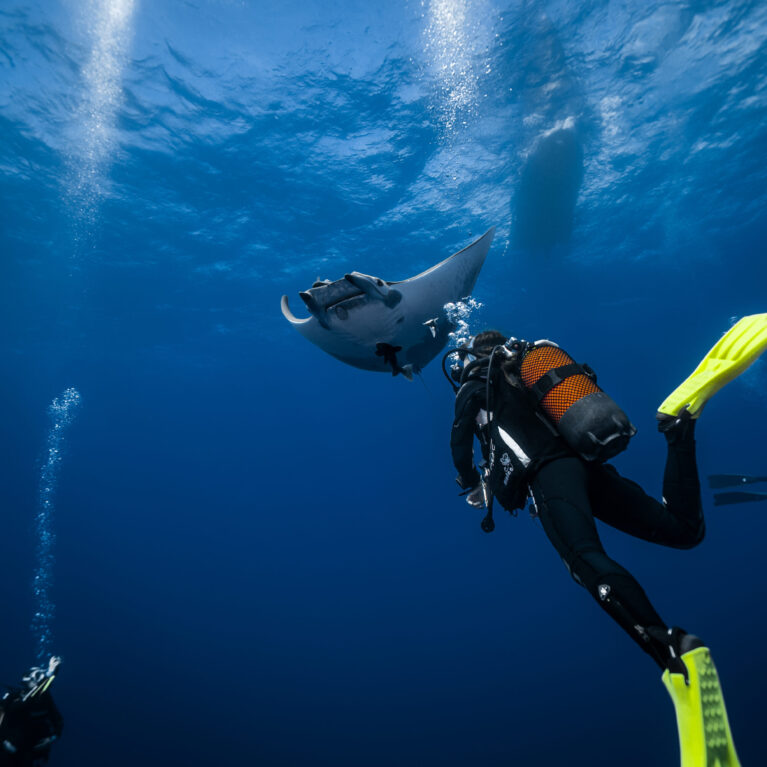
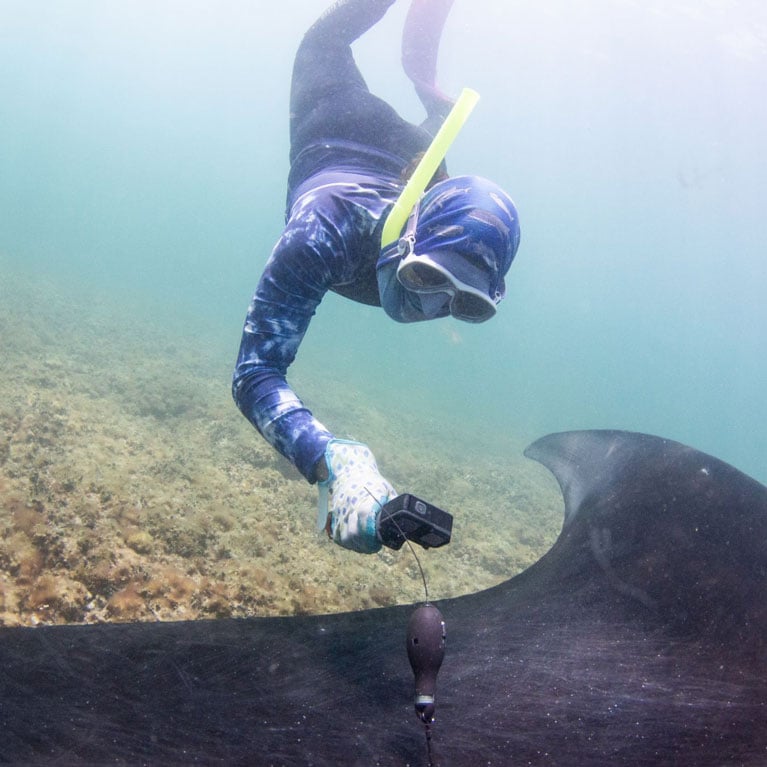
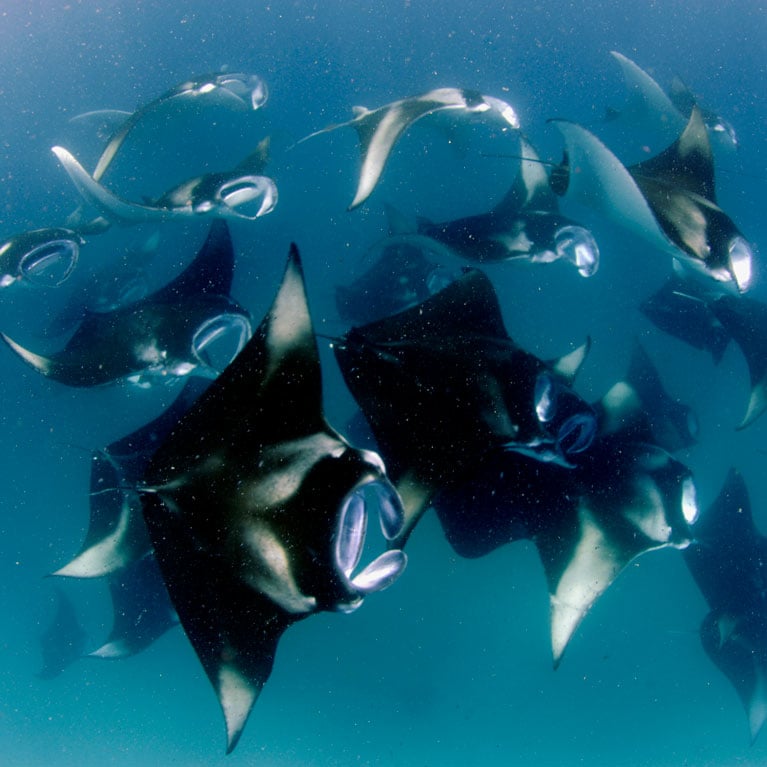
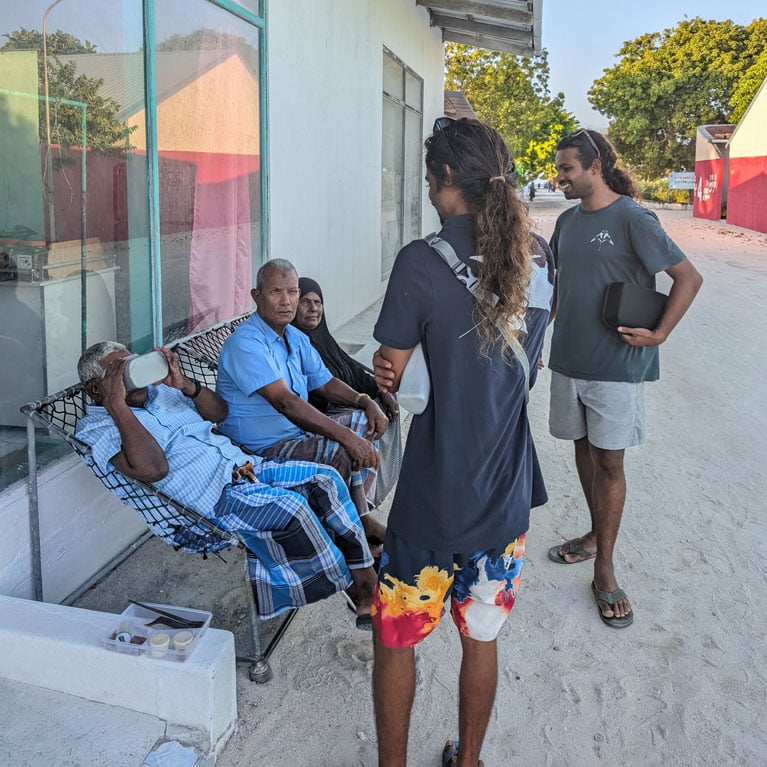
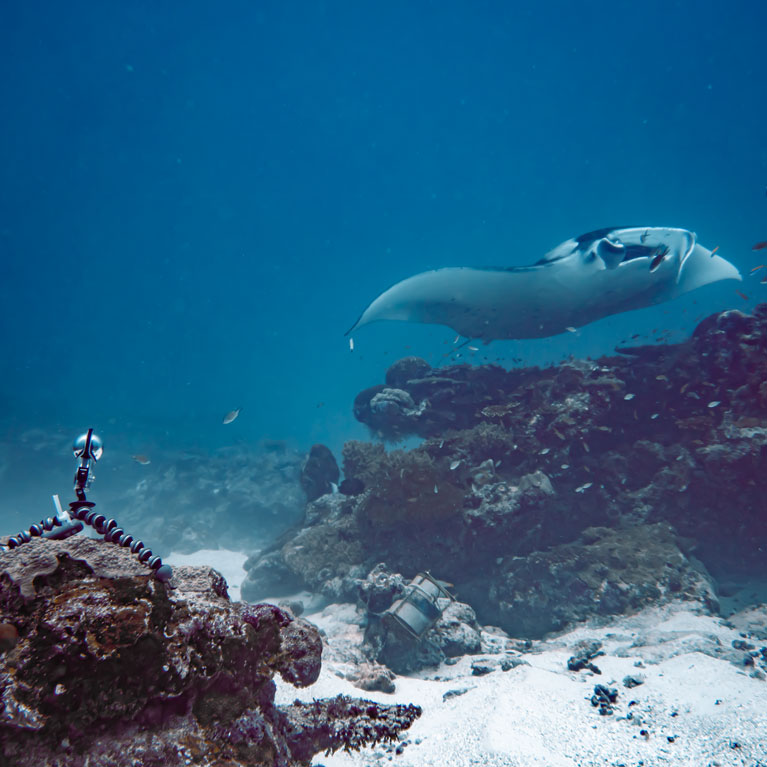
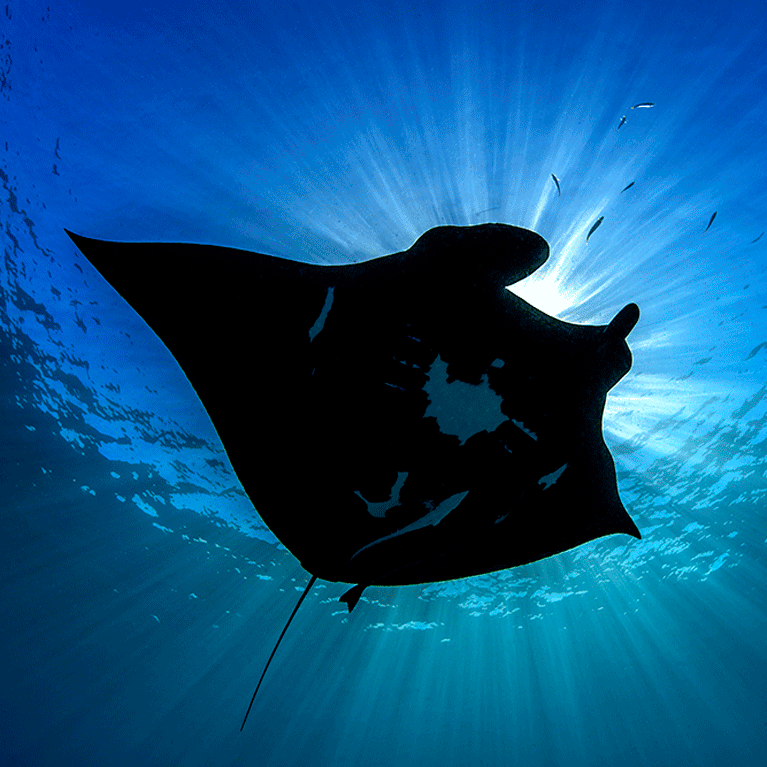
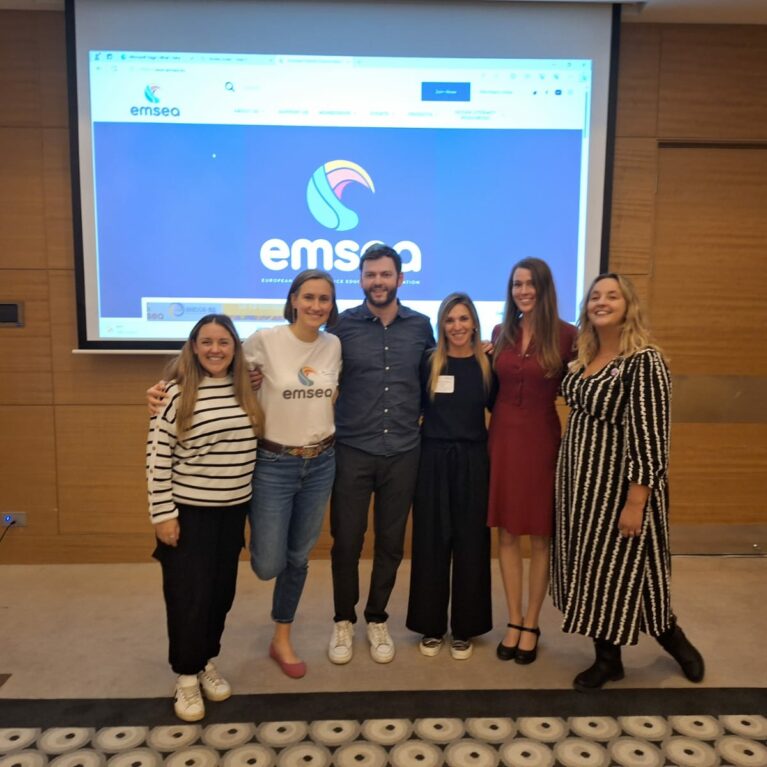
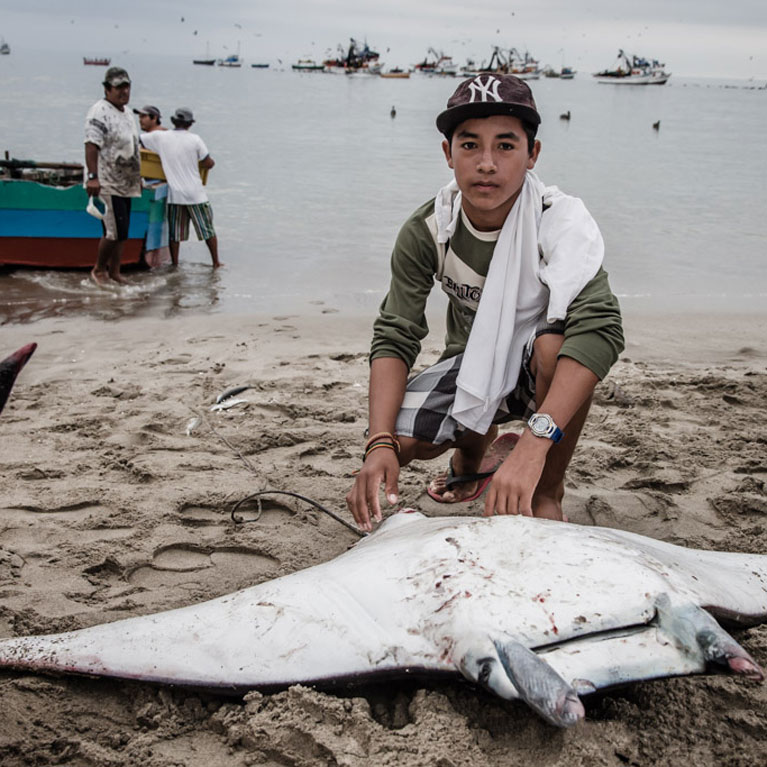
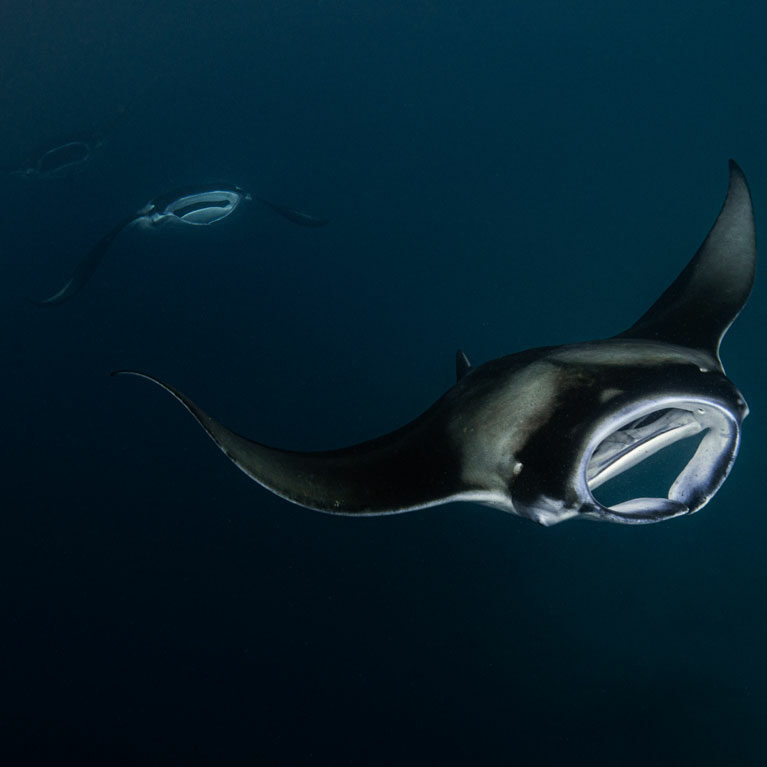
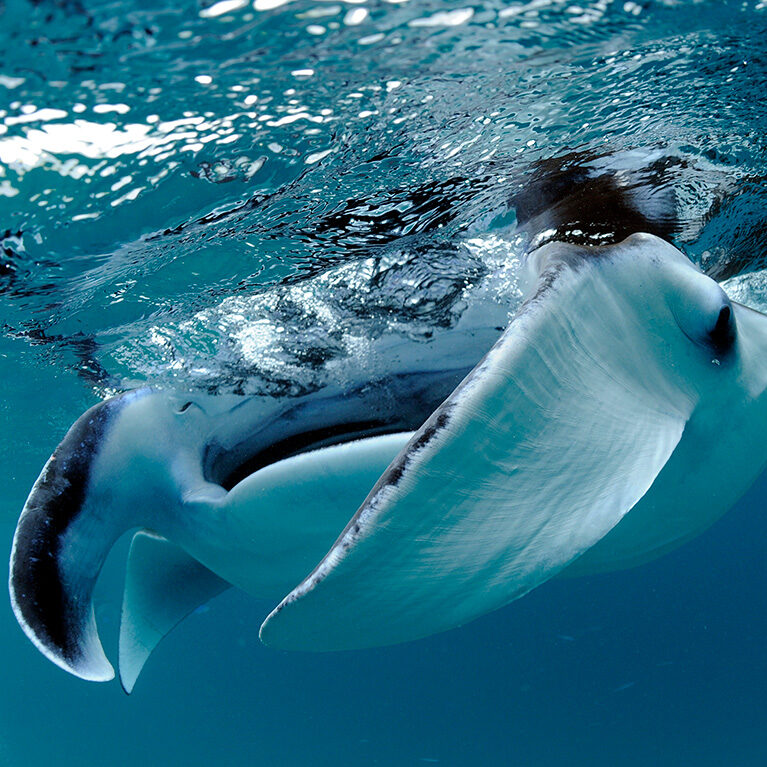
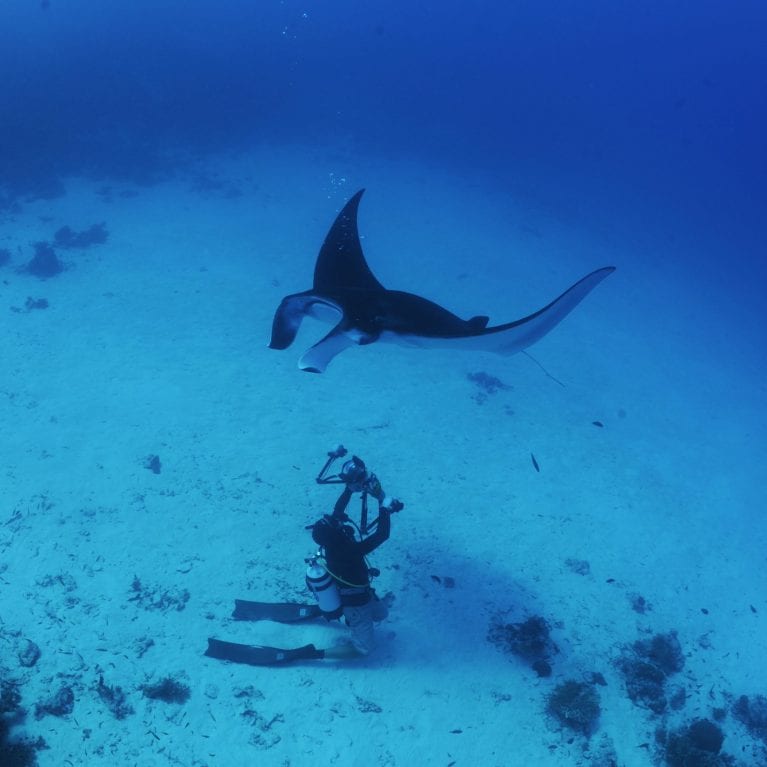
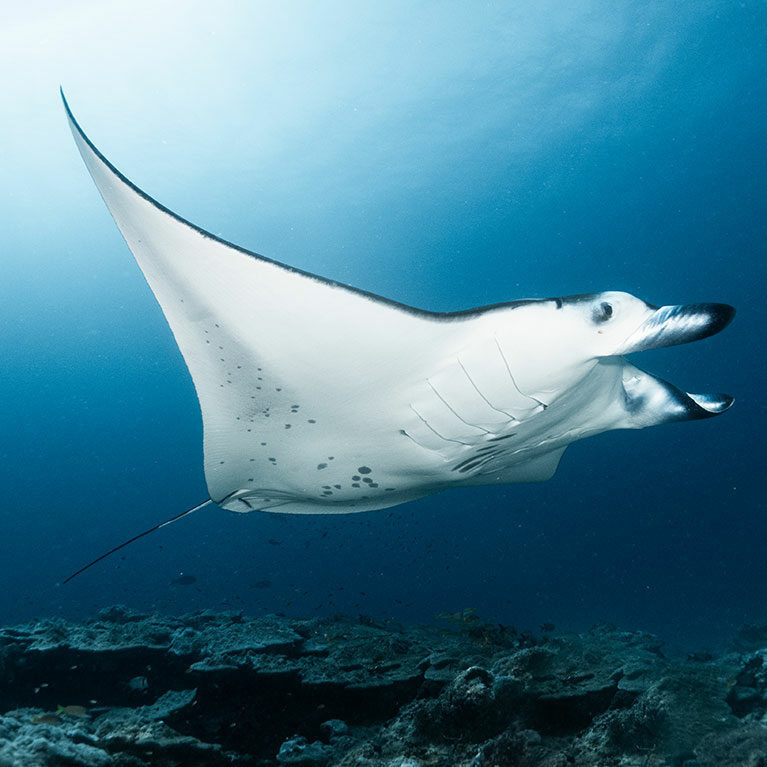

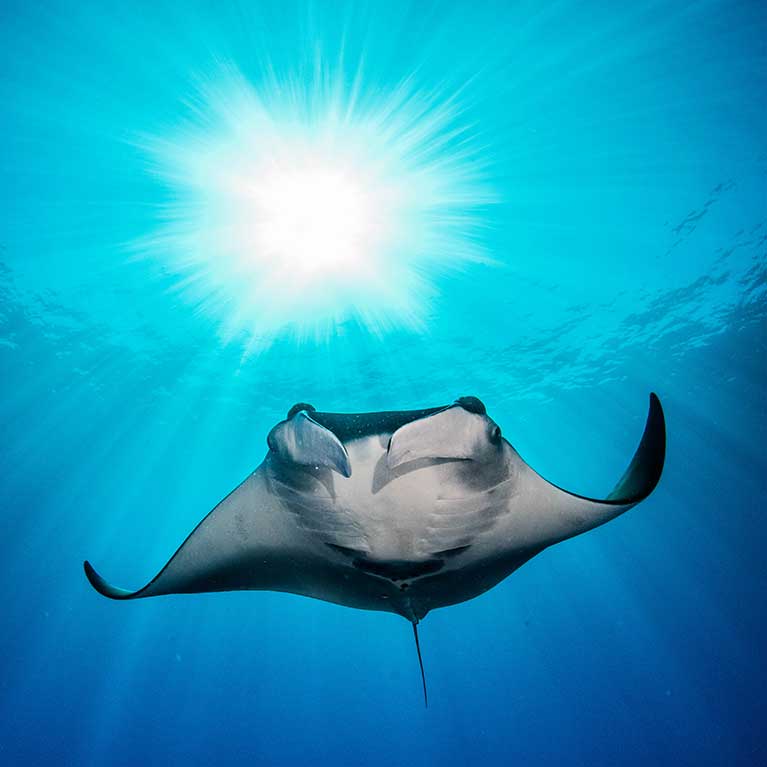
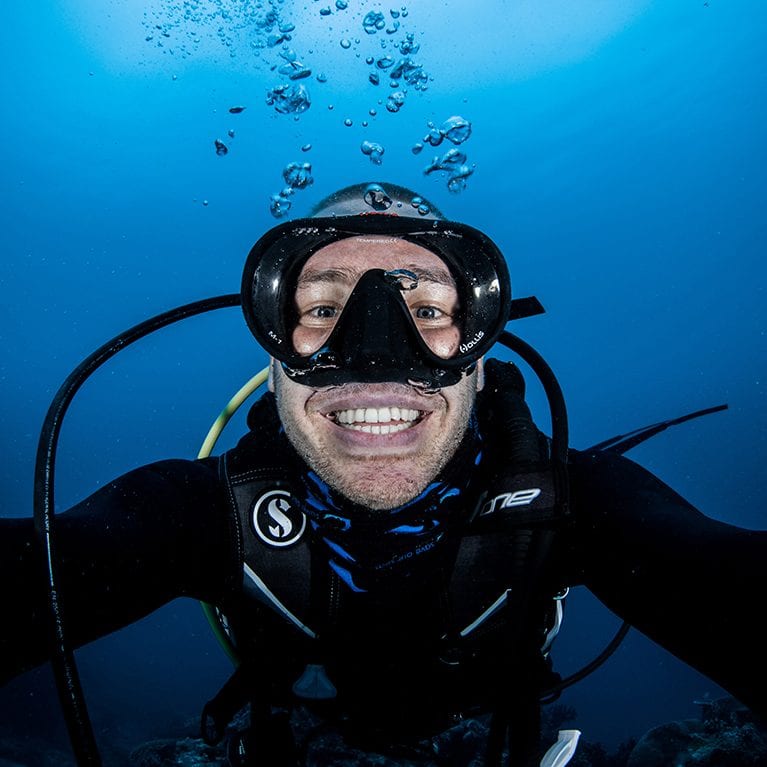
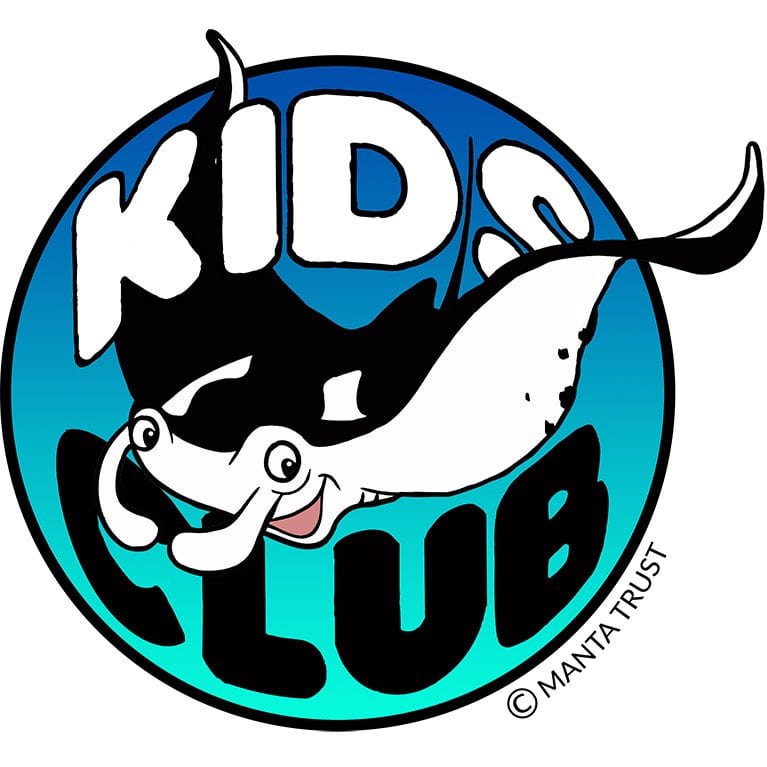
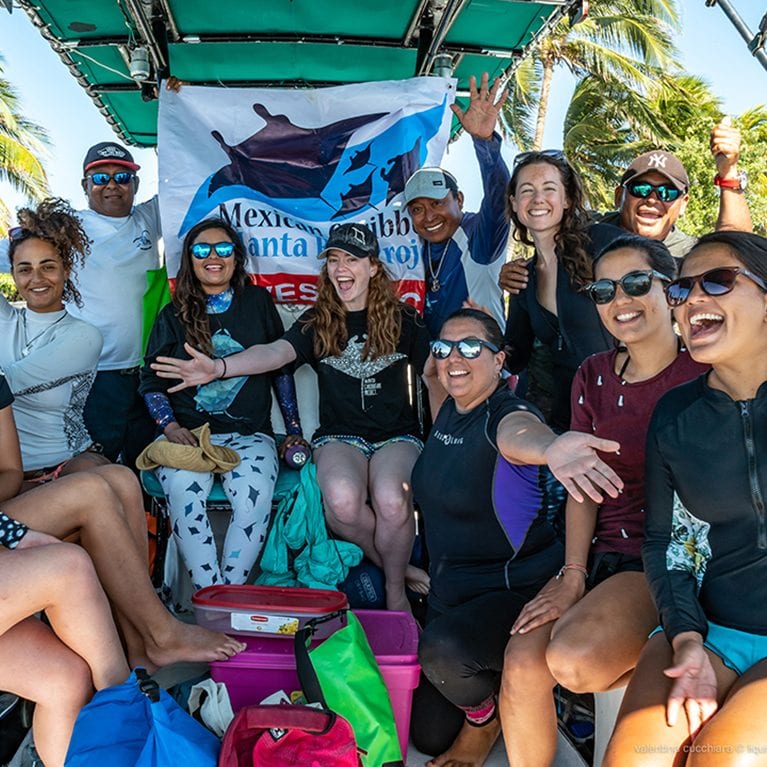
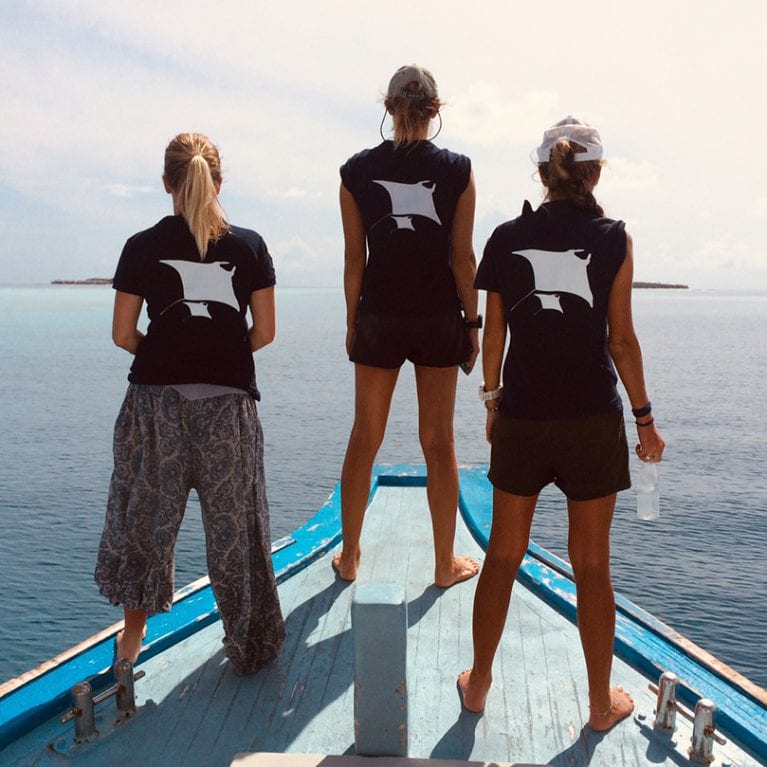
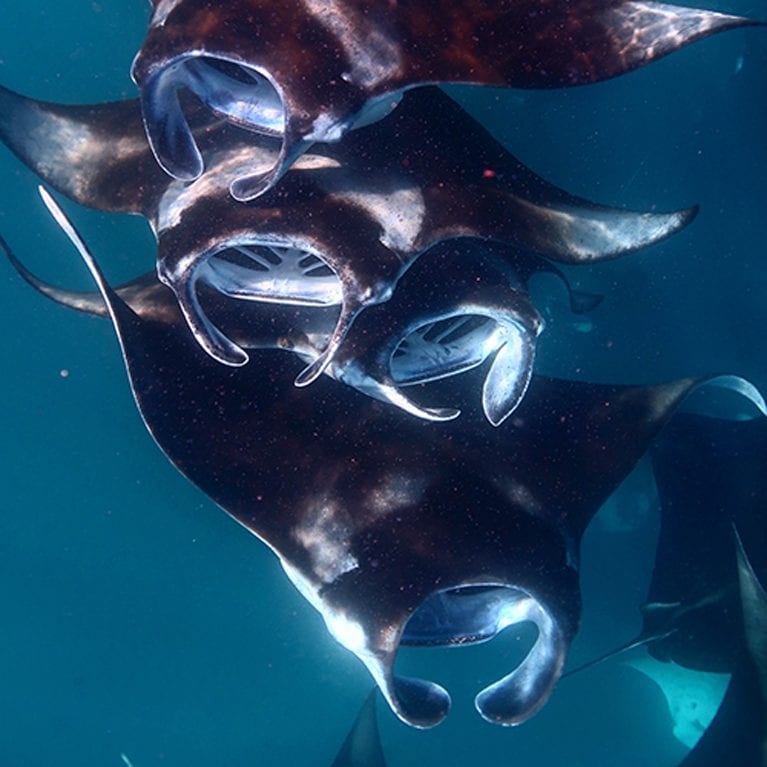
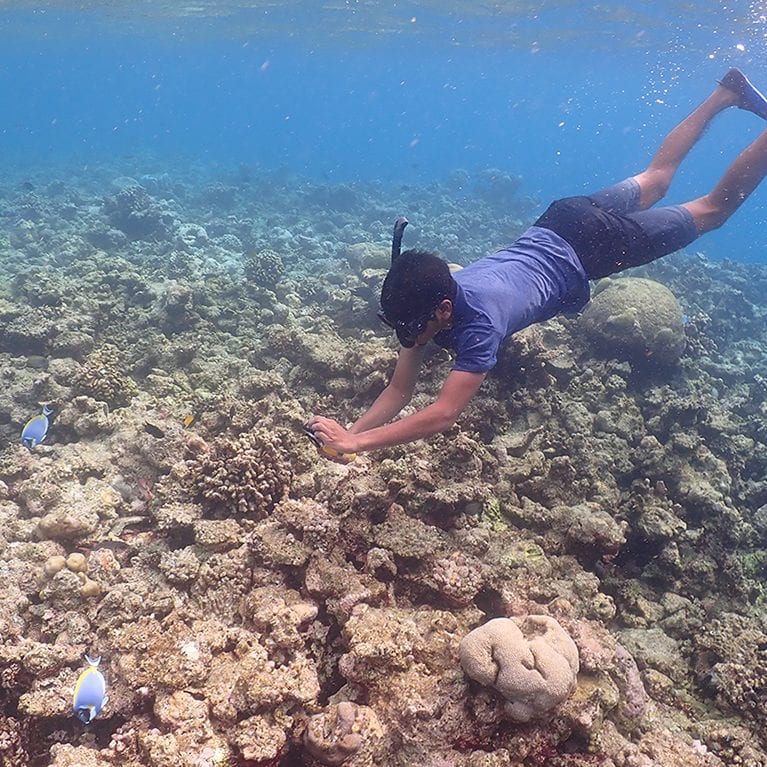
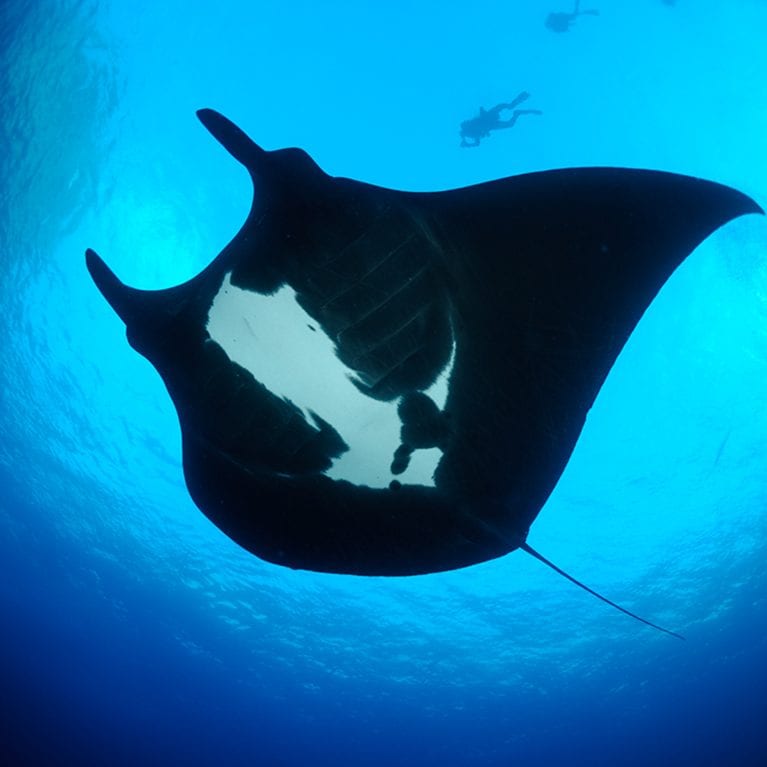
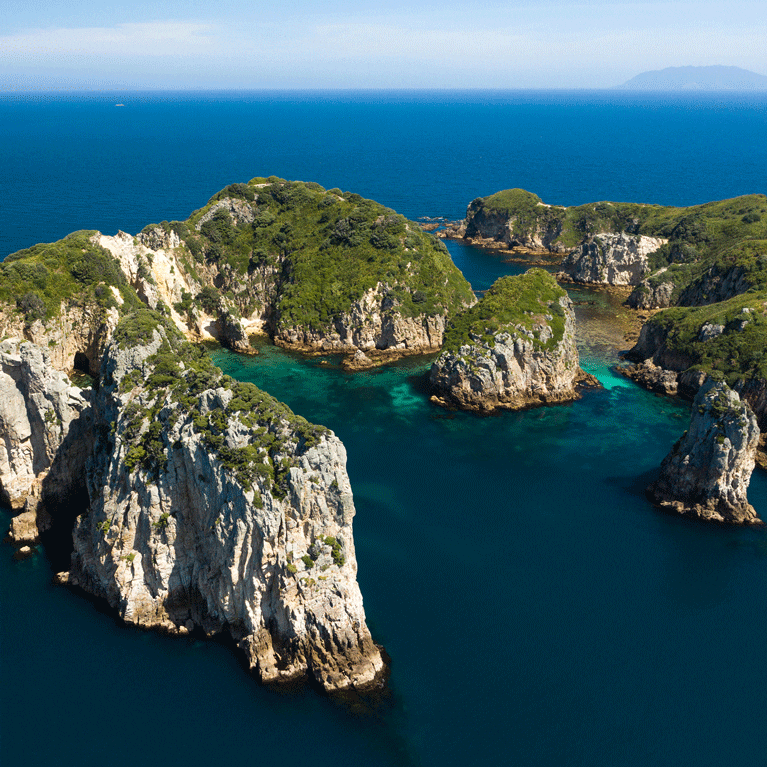
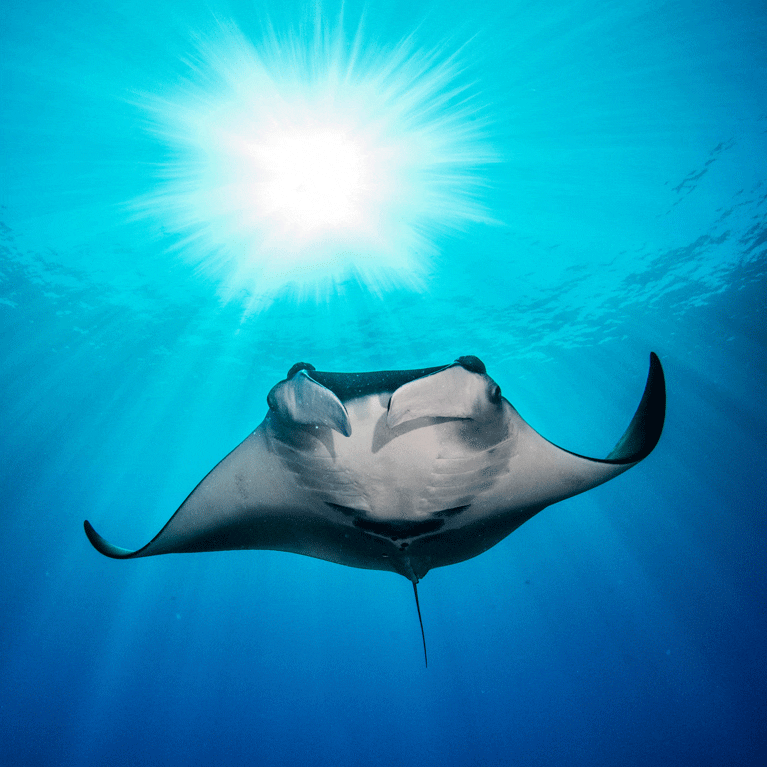
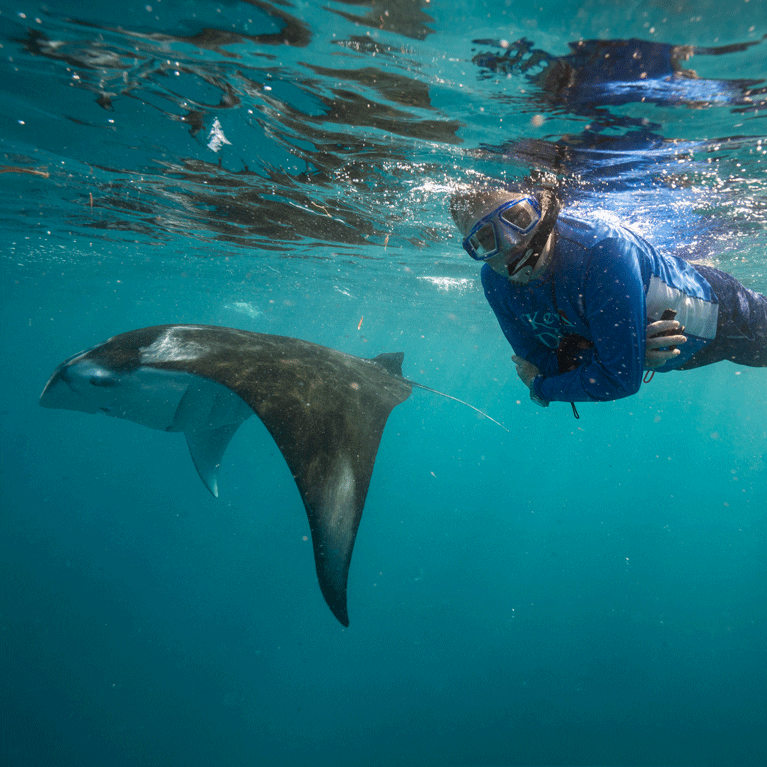
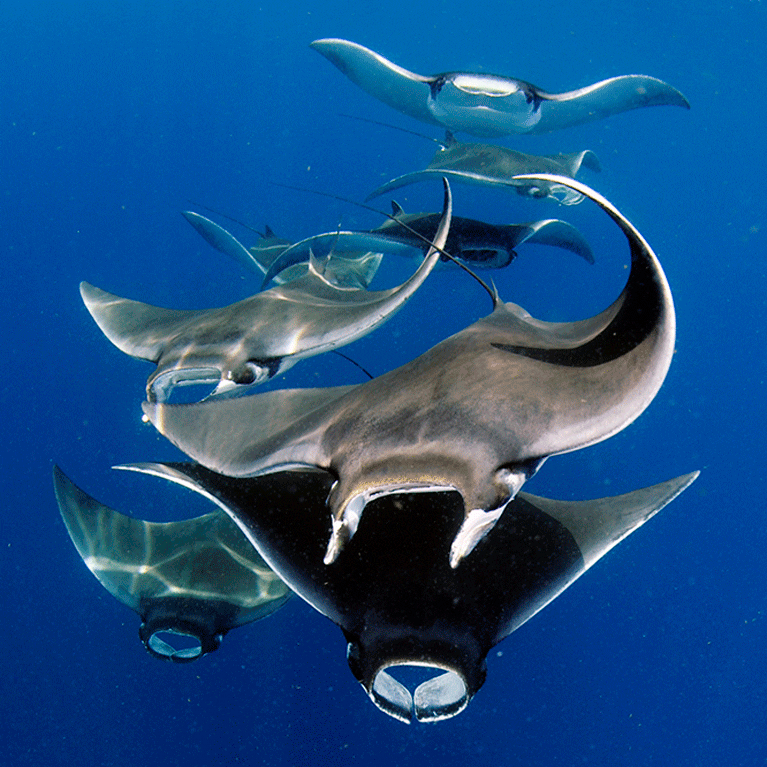
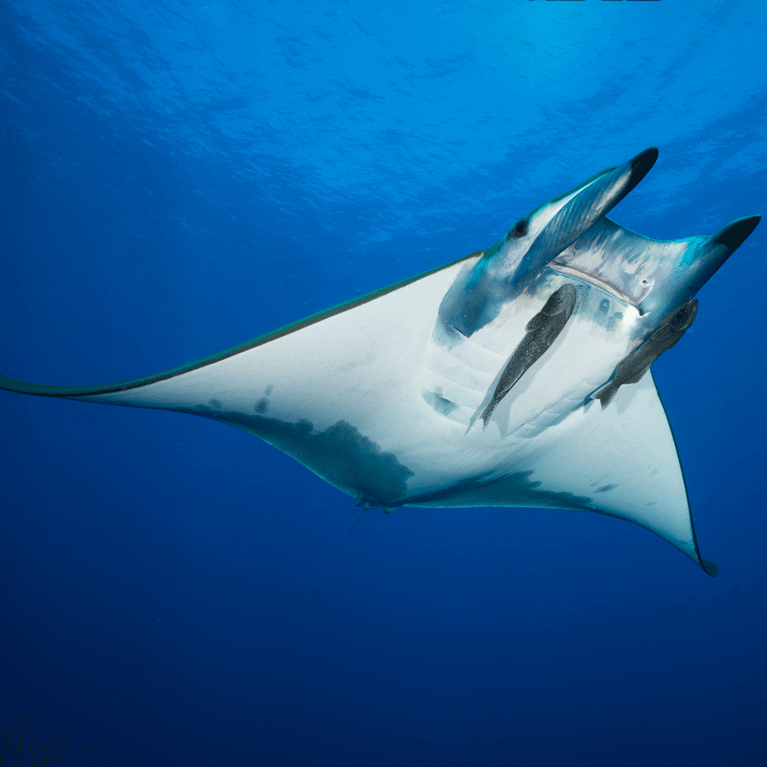
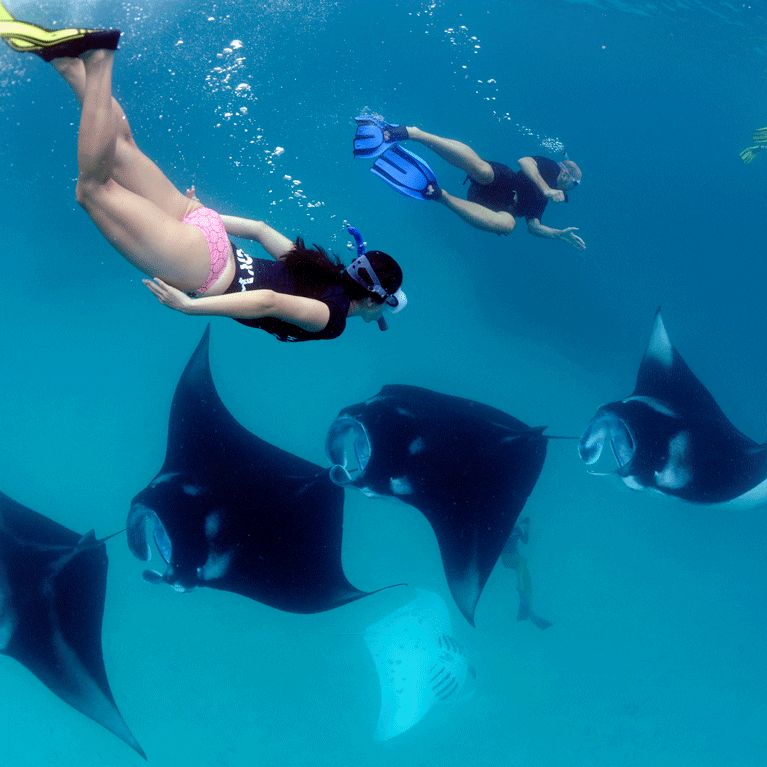
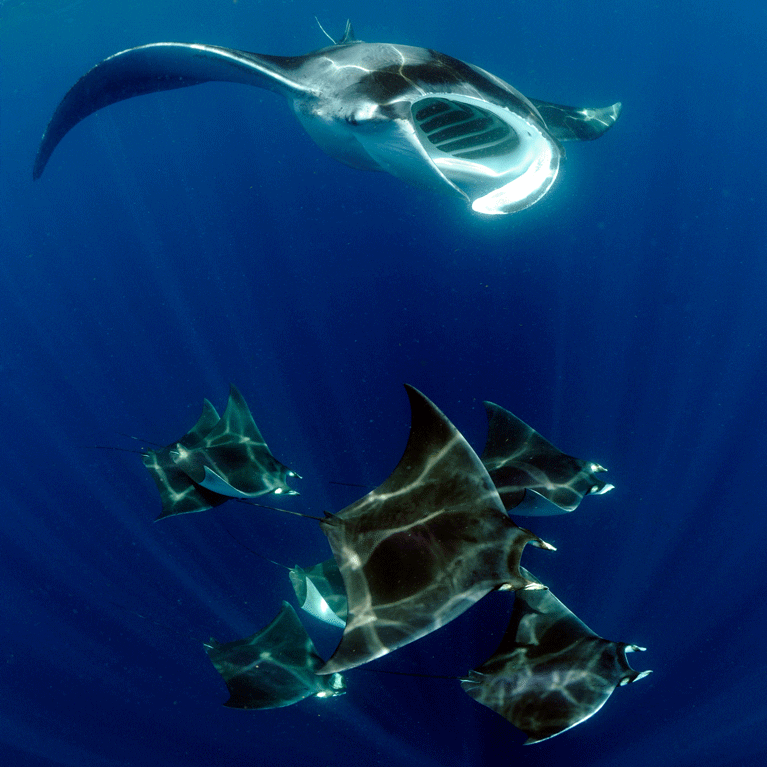
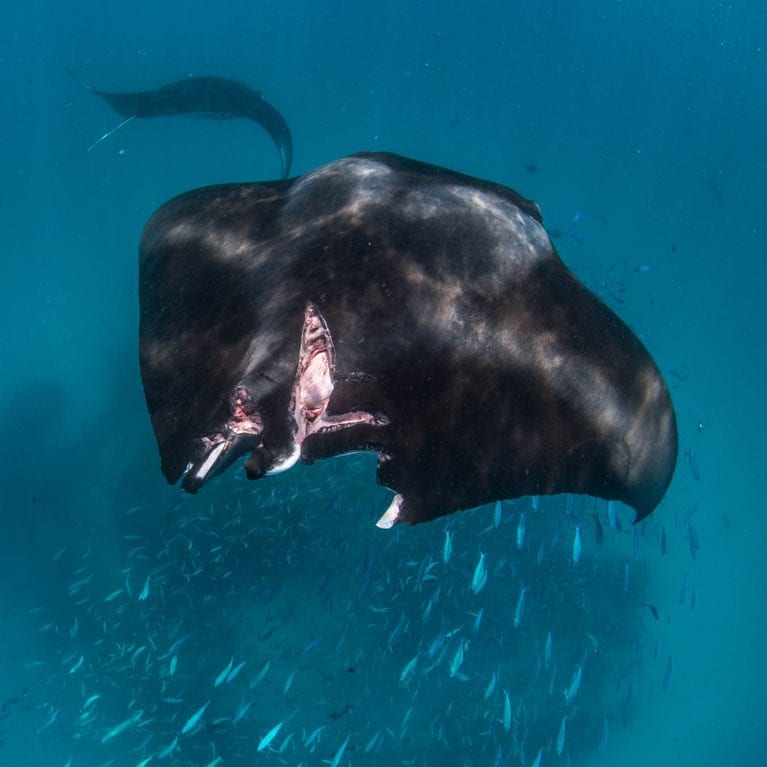
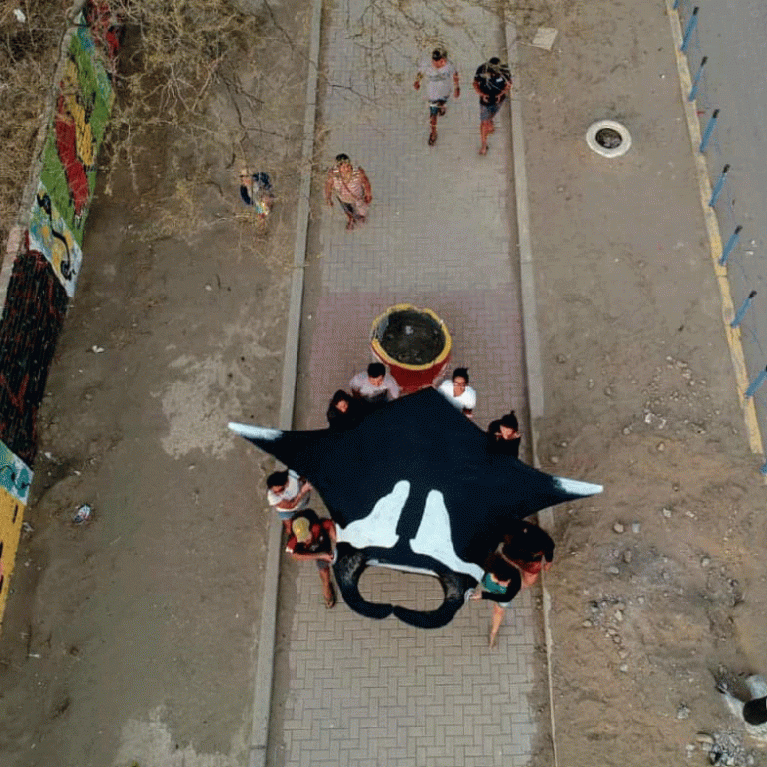


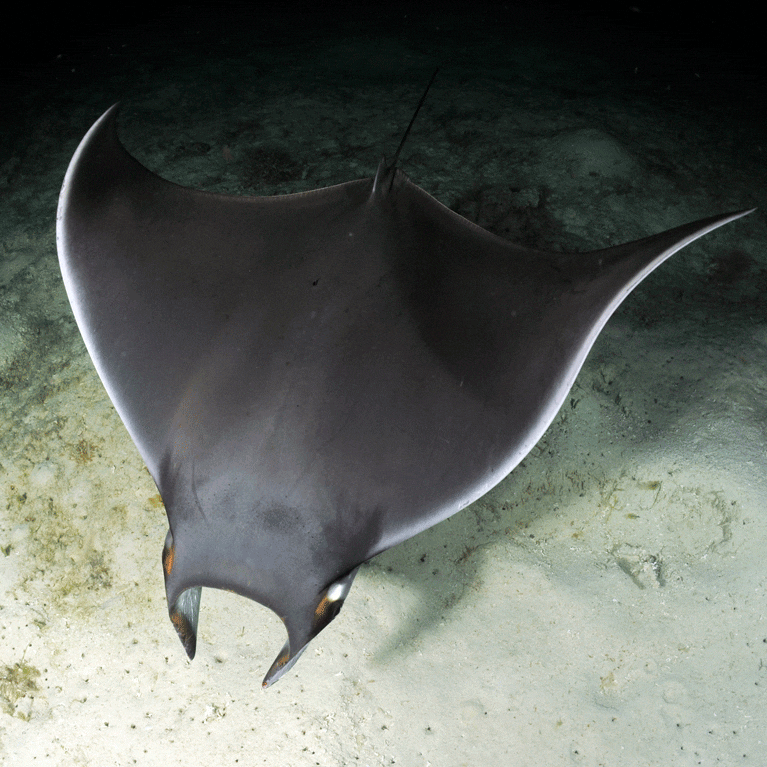
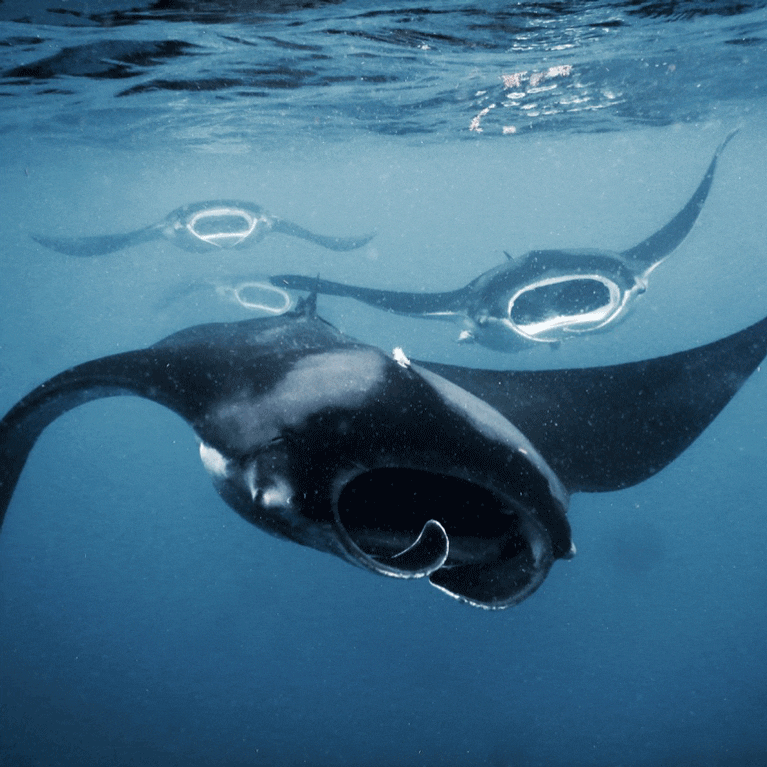
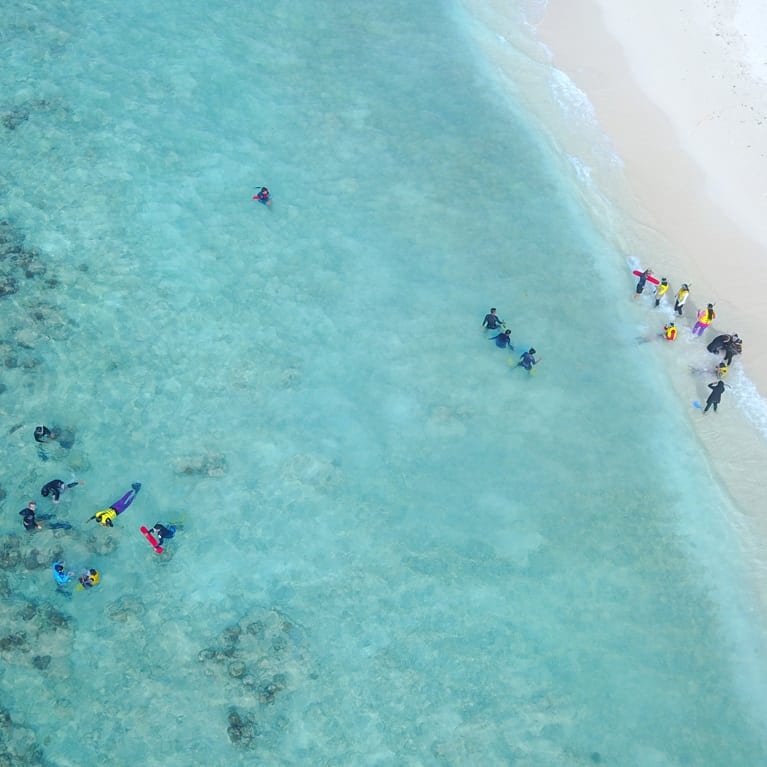
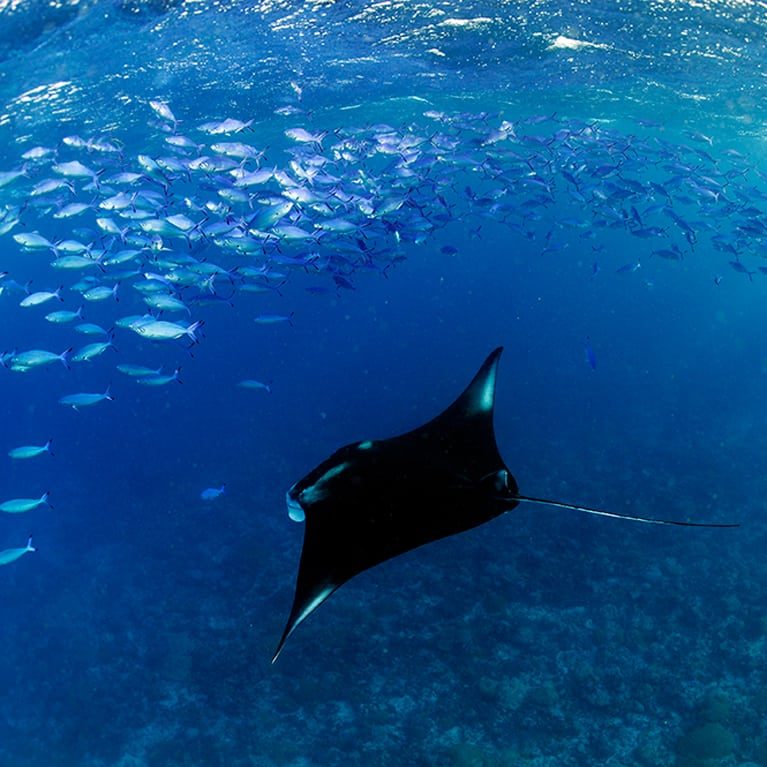
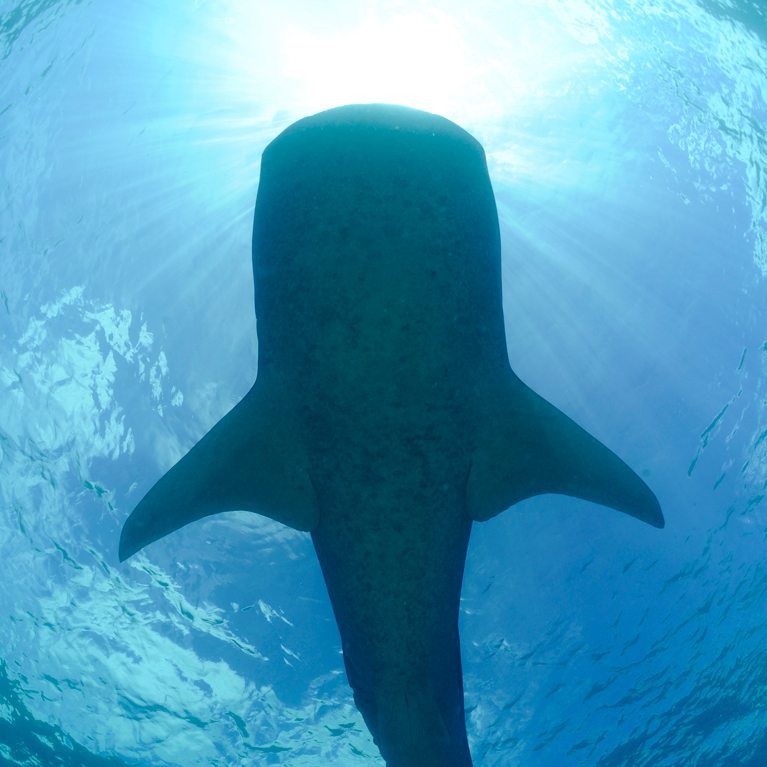
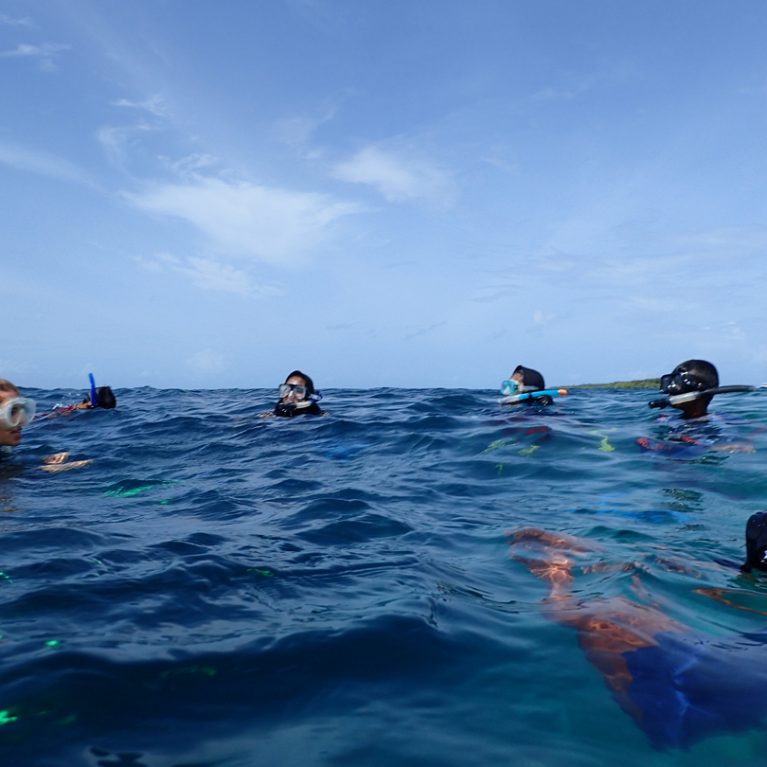
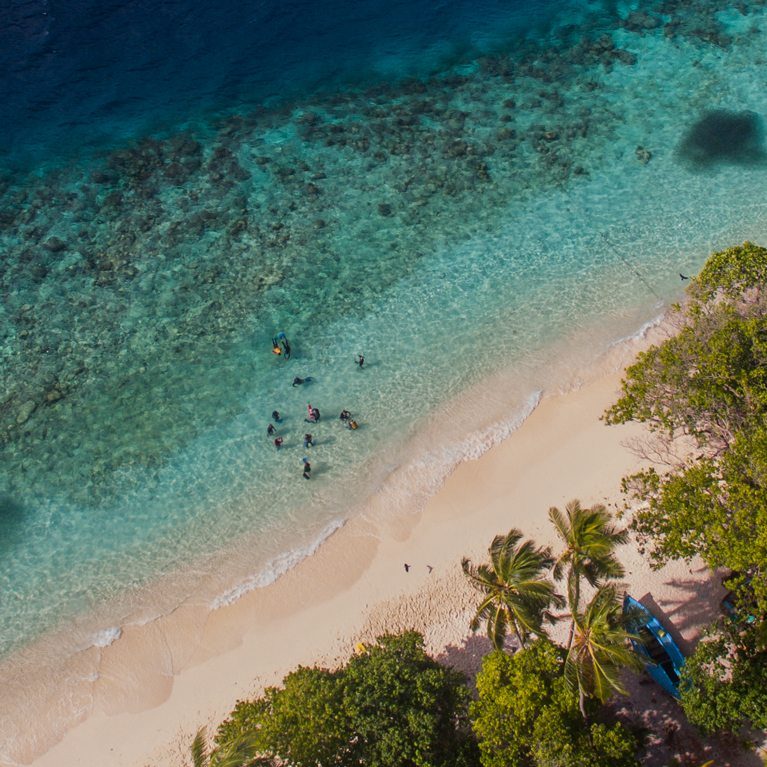
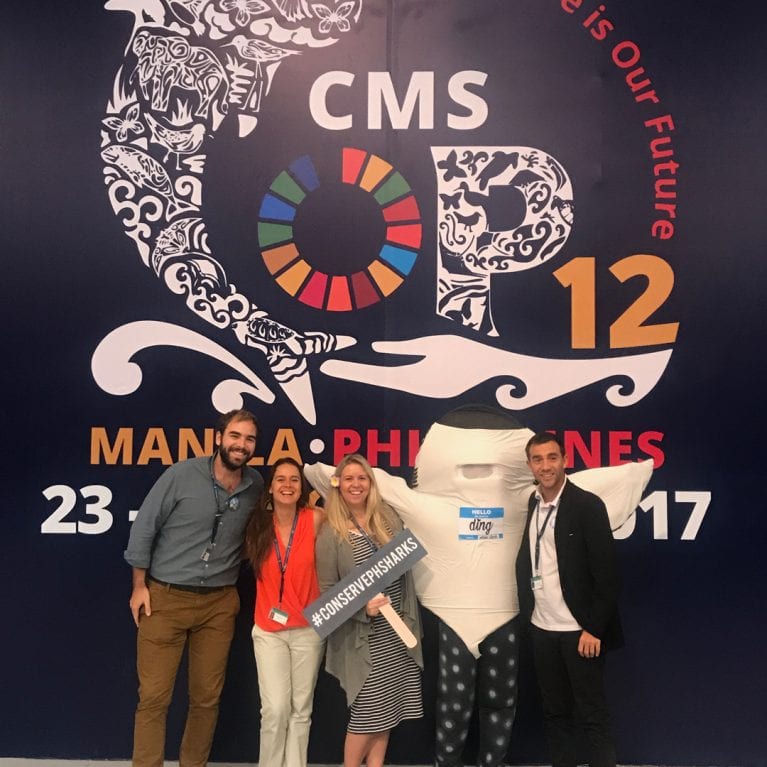
A global strategy and action plan for the long-term conservation of mobulid rays
The key objective of this project is to see all species of mobulid rays protected or effectively managed, for sustainable use or non-consumptive use, ideally, by the people closest to them through a means that promotes wider ocean conservation.
In recent years manta and mobula rays have faced increasing threats from both targeted and by-catch fisheries due to a growing trade in their highly valued gill plates. The conservative life history traits of manta rays (slow growth, late maturity and low fecundity) make these animals extremely susceptible to any consumptive exploitation. Although less is known about their mobula cousins, it can be assumed that they share many of these conservative life history traits and that they are similarly threatened by consumptive use. It is vital, due to the vulnerability of these species, that this issue be addressed immediately to prevent regional extinctions, make certain that regulations are adhered to and ensure that mobulid rays do not come under increasing levels of exploitation as their manta ray counterparts are protected.
“The family Mobulidae is a small (2 genera and 11 recognised species) but diverse family of planktivorous elasmobranchs with a global distribution across tropical, subtropical and temperate waters. The genus Manta comprises two recognised species, the reef manta Manta alfredi and the oceanic manta Manta birostris, and the genus Mobula comprises nine species.
In recent years, targeted and by-catch fisheries affecting all mobulid species have become increasingly prevalent. The FAO reported that during the period 2000–2007 catches across the Mobulid family increased from 900 to 3,300 tonnes, with additional unreported catches likely. Although the meat of these animals is deemed to be of poor quality and worth little, the gill plates, or branchial filaments, have become highly sought after in Asian markets where they are used in a medicinal tonic.
Both species of manta rays are considered unsustainable as a fisheries resource due to several elements of their life history, such as late maturity, low fecundity and slow growth. Although less is known about their mobula cousins, it can be assumed that they share many of these conservative life history traits and that they are also threatened by consumptive use. At present, mantas are much more widely studied than mobulas; this is a key gap in knowledge that needs to be addressed.
During approximately the same time period that mobulid fisheries have intensified, research into these species has also developed, and tourism built upon encounters with these animals has grown in economic importance. This has highlighted both the vulnerability and value of these animals, and many steps have already been taken to try to improve their conservation status. However, a long-term plan to ensure continued conservation and sustainable use of all mobulids is essential, both to ensure existing measures are to be effectively implemented and that further measures are put in place for the genus Mobula.”
The aims and objectives of this project are to:
- Extend current research efforts concerning mobulid rays with the specific focus of furthering the knowledge of species within the genus Mobula. Research will focus on improving knowledge of key biological aspects of these species’ life histories and an expansion of monitoring fisheries for these species.
- Facilitate the effective implementation of existing legislation and work with governments to achieve national-level protective measures.
- Provide educational opportunities for students of all ages in all locations that will allow them to learn about mobulid rays and ocean conservation more broadly.
- Improve awareness and understanding among the general public about mobulid rays, the threats that face them and potential solutions.
- Achieve a listing on CITES Appendix II for the genus Mobula.
Public presentation at MODS: Save Our Seas Distinguished Speaker Series : Manta Ray Panel Discussion
Public presentation at MODS: Save Our Seas Distinguished Speaker Series : Manta Rays

